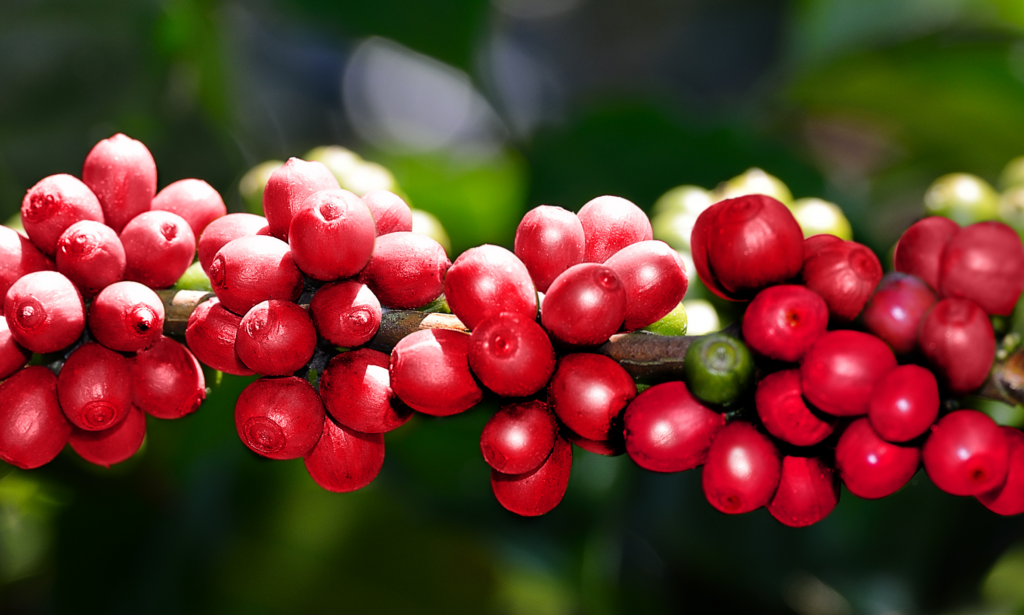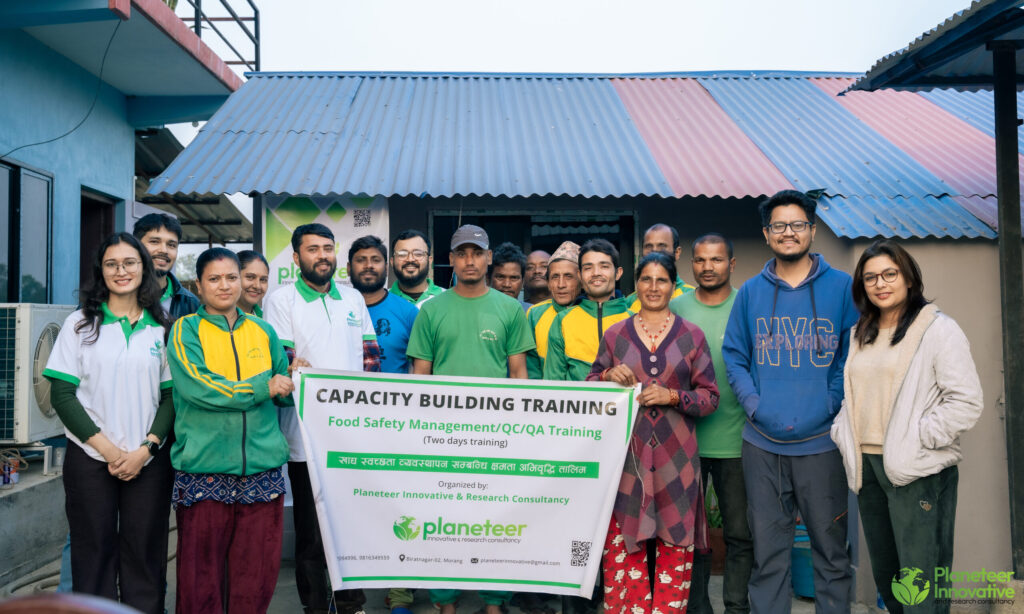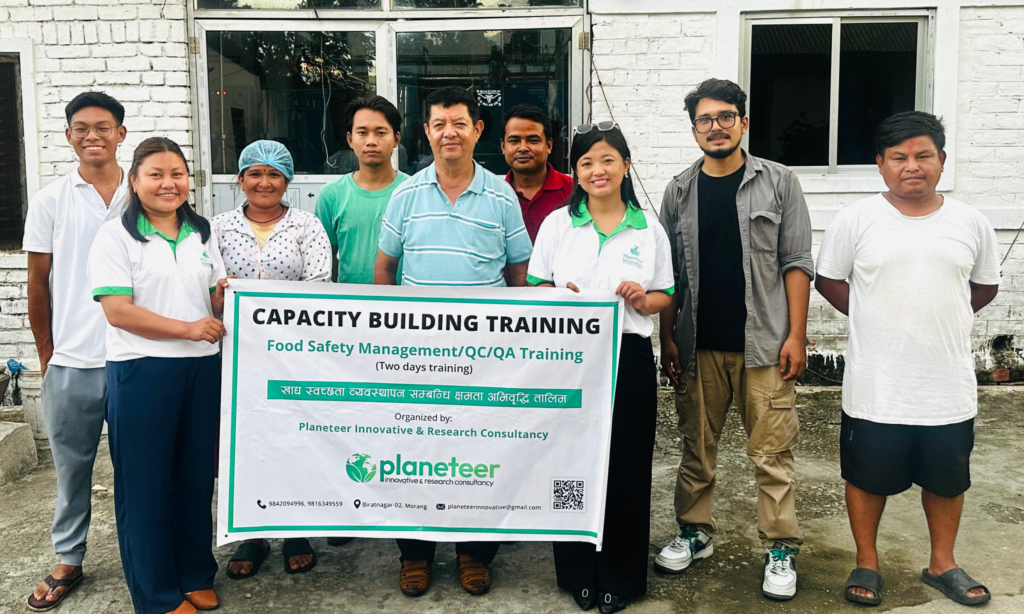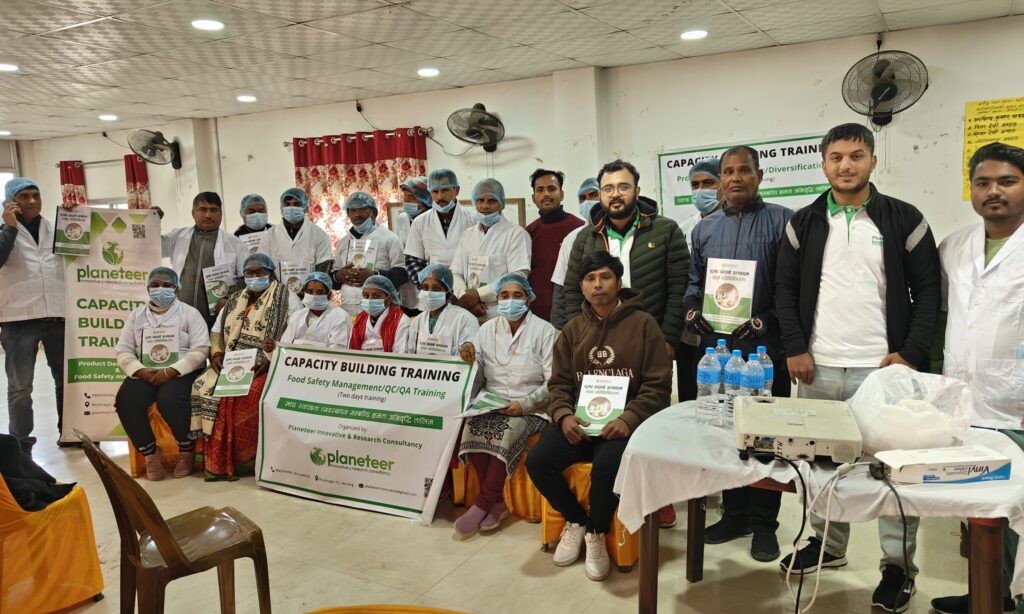A Growing Opportunity for Farmers and Entrepreneurs
Nepal is a country of mountains, hills and fertile valleys, blessed with diverse climates that make it suitable for many kinds of crops. Among these, coffee has slowly emerged as one of the most promising high-value cash crops. Though not traditionally a part of Nepali agriculture, coffee farming has grown steadily over the last few decades. Today, coffee is not only becoming a source of income for farmers but also a product that carries Nepal’s identity into the global market. In this blog, we will explore the history, farming process, opportunities, challenges, market demand and potential of coffee farming in Nepal.
History of Coffee in Nepal
The history of coffee farming in Nepal is relatively new compared to other countries like Ethiopia, Brazil or Vietnam. Coffee was first introduced in Nepal in 1938 when a Nepali traveler Hira Giri brought coffee seeds from Myanmar and planted them in Aapchaur, Gulmi district. The seeds grew well, and this marked the beginning of coffee cultivation in Nepal. However, for many decades, coffee farming remained small and scattered because people were not aware of its value.
It was only in the 1980s that coffee gained recognition as a potential cash crop. The National Tea and Coffee Development Board (NTCDB) was established in 1993 to promote organized coffee farming. Since then, coffee cultivation has expanded to more than 40 districts of Nepal, mostly in the mid-hills at altitudes between 800 to 1,600 meters above sea level.
Today, Coffee farming in Nepal, especially the Arabica variety has earned international recognition for its organic, high-quality flavor profile. Countries like Japan, USA and Europe import Nepali coffee, making it an important export product.

Why Nepal is Suitable for Coffee Farming
Nepal’s geography and climate give it a natural advantage for coffee cultivation. Coffee plants thrive in mild temperatures, sufficient rainfall, and fertile soil-all of which are available in Nepal’s mid-hill regions.
- Altitude: Arabica coffee grows best at 800-1,600 meters, which matches Nepal’s hilly landscape.
- Climate: Moderate temperature (15-24°C) and monsoon rainfall create ideal conditions.
- Soil: Well-drained, loamy soil rich in organic matter supports healthy coffee plants.
Organic Potential: Since most Nepali farmers use traditional and chemical free methods, Nepali coffee is naturally suited for the organic market, which has high demand globally.
The Process of Coffee Farming in Nepal
Coffee farming is a step by step process that requires patience, care and knowledge. Here’s how coffee farming can be done in Nepal:
1. Seed Selection and Nursery Preparation
- Farmers select Arabica coffee seeds, as it is best suited for Nepal.
- Seeds are planted in nurseries and grown for 6-12 months until they become healthy seedlings.
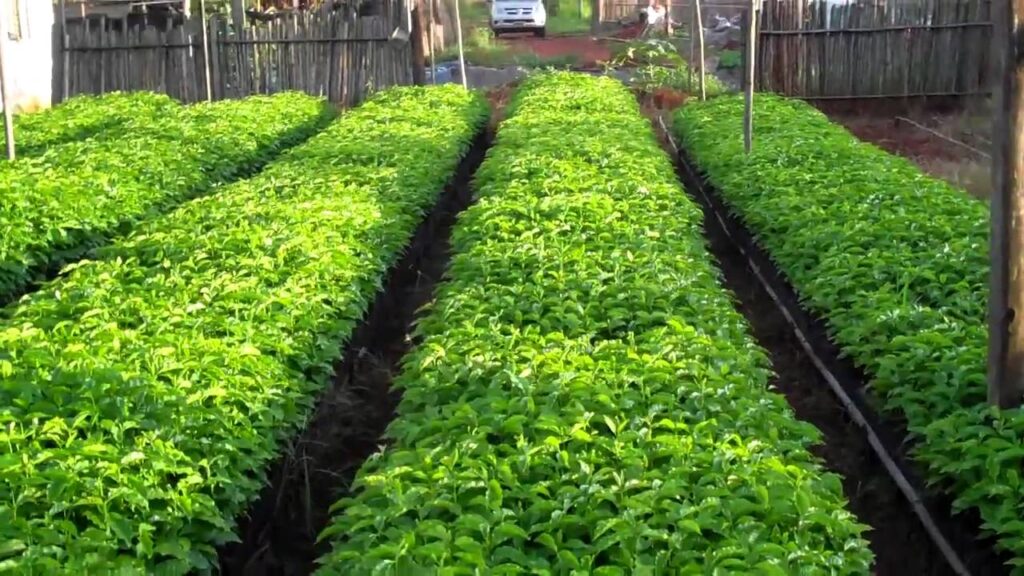
2. Land Preparation and Planting
- Coffee plants need shaded areas, so farmers often plant them alongside trees like Utis, bananas or fodder trees.
- Planting is usually done at the start of the rainy season to ensure enough water for seedlings.
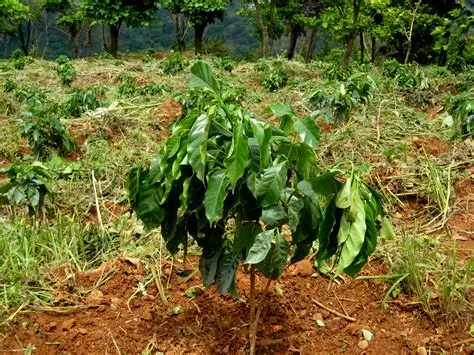
3. Maintenance and Care
- Regular weeding, mulching and irrigation are essential.
- Shade management is also important because coffee plants cannot tolerate direct, strong sunlight.
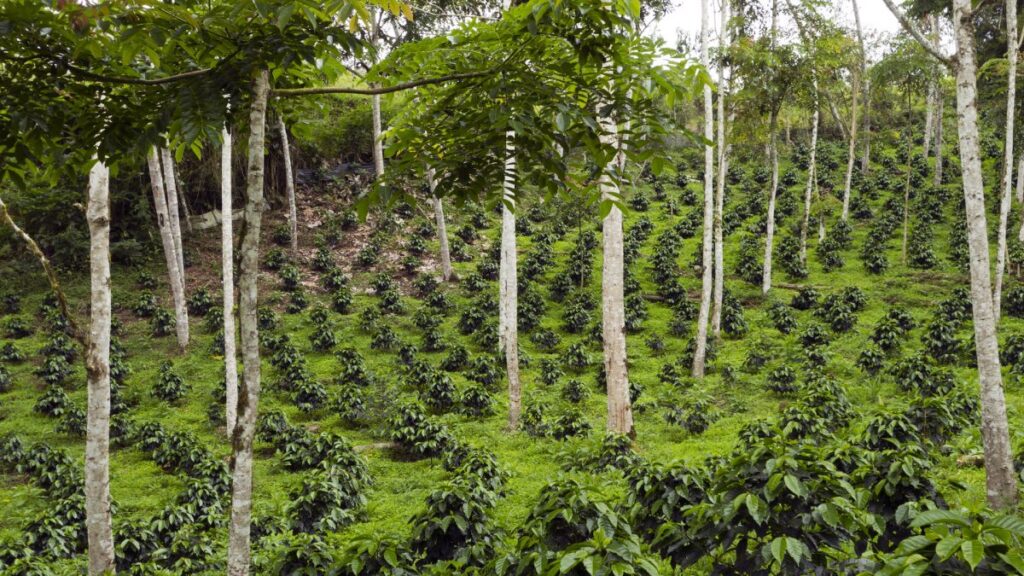
4. Flowering and Fruiting
- Coffee plants start flowering after 3-4 years.
- White flowers bloom after rainfall and later, small green cherries form, which turn red when ripe.
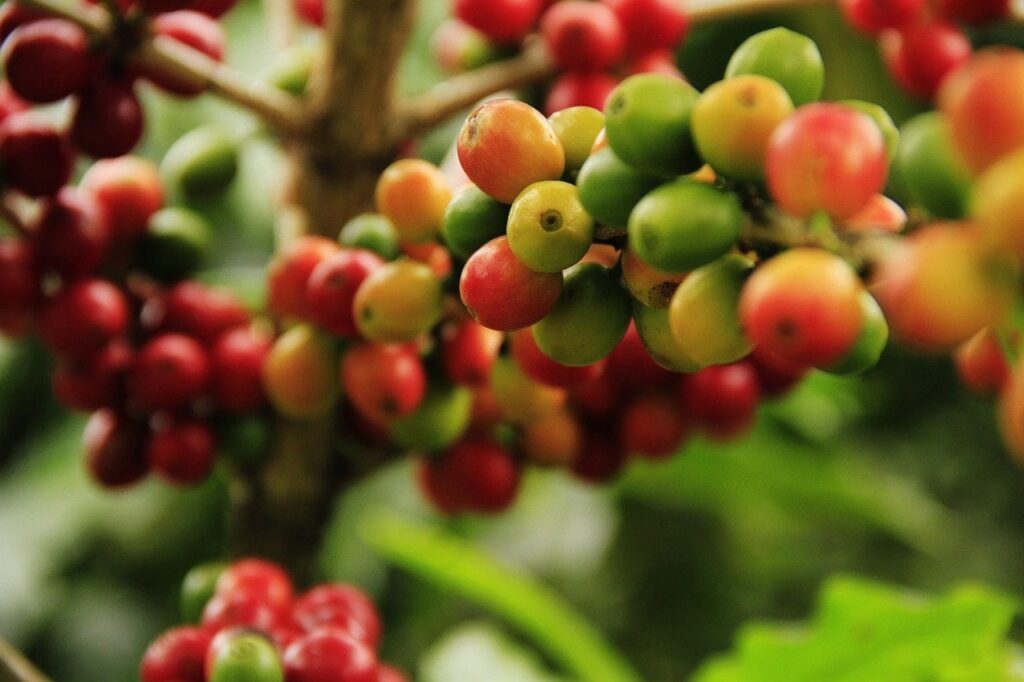
5. Harvesting
- Coffee cherries are handpicked when fully red and ripe.
- Harvesting usually happens between November and February in Nepal.
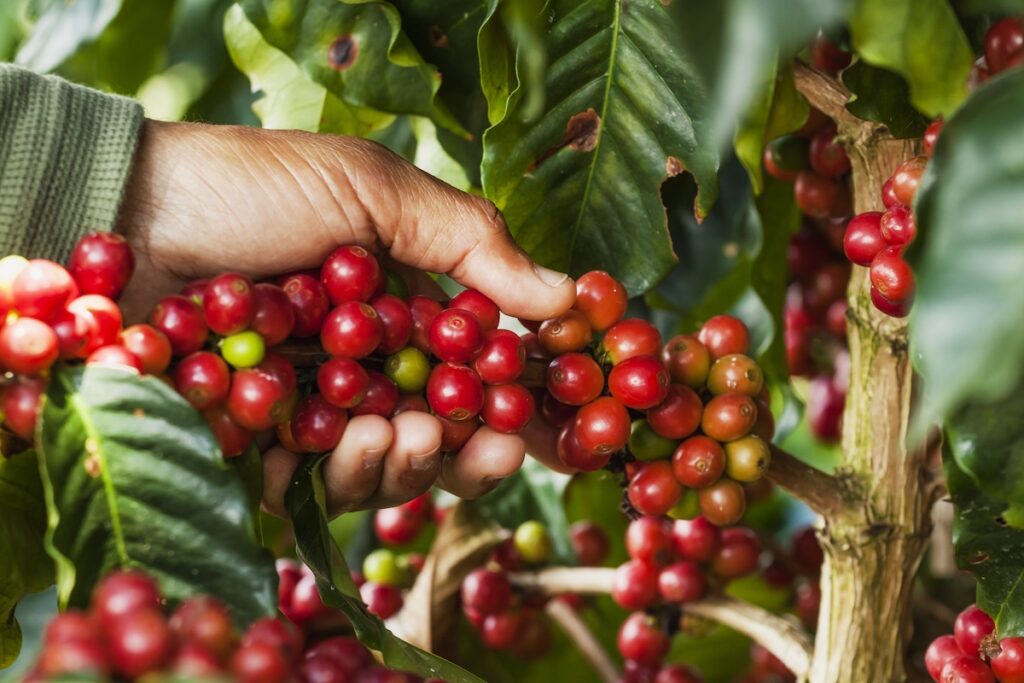
6. Processing
- Two methods are commonly used:
- Dry Method: Cherries are sun-dried and later hulled to remove the outer layer.
- Wet Method: Cherries are pulped, fermented, washed and dried for a cleaner flavor.
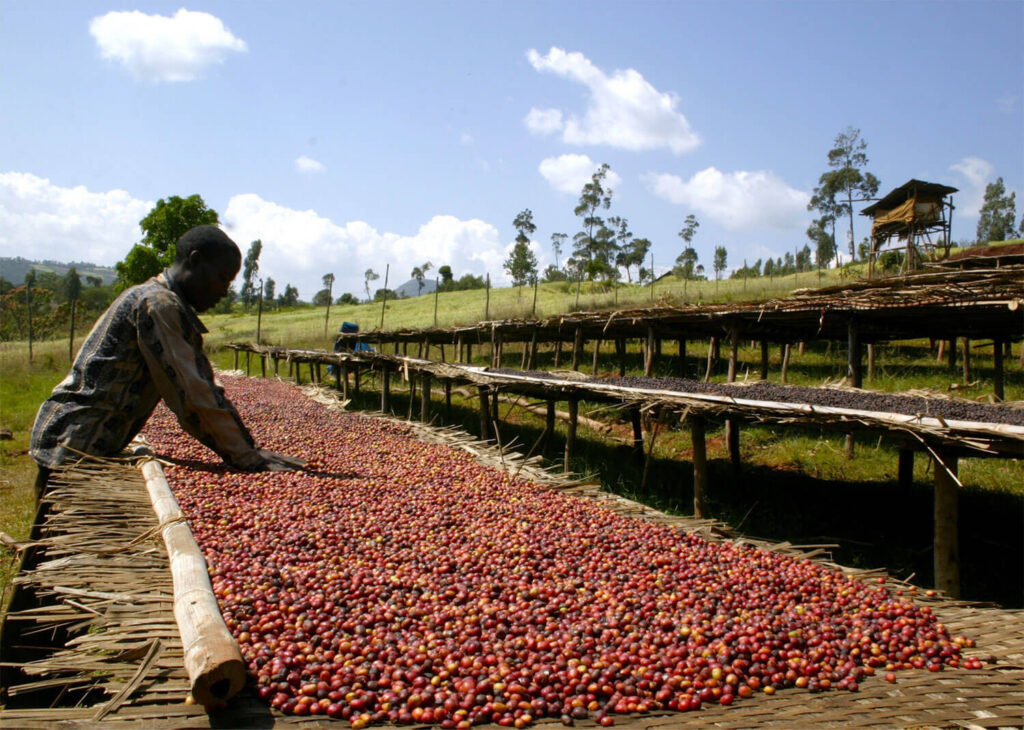
7. Roasting and Packaging
- Green beans are roasted to different levels (light, medium & dark) depending on the market demand.
- Proper packaging is necessary to maintain freshness and aroma.

How Anyone Can Start Coffee Farming in Nepal
Starting coffee farming in Nepal is not as difficult as it may seem. With the right land and basic knowledge, anyone can begin:
- Step 1: Identify land in the hilly region with proper altitude (800-1,600 meters height from sea level).
- Step 2: Contact the National Tea and Coffee Development Board, local cooperatives or directly Planeteer Innovative for quality seedlings.
- Step 3: Prepare shaded areas and plant seedlings.
- Step 4: Follow organic farming methods to reduce costs and increase export opportunities.
- Step 5: Join a coffee farmers’ cooperative to sell products easily and access training.
Coffee farming may take 3-4 years before plants start giving a good harvest, but once established, it can generate income for 20-30 years continuously.
Countries with High Demand for Nepali Coffee
Coffee farming in Nepal, especially specialty Arabica, has a growing reputation in international markets for being organic and high-quality. Some of the major importing countries include:
- Japan – One of the biggest buyers of Nepali coffee.
- United States – Specialty coffee shops value organic Nepali coffee.
- Germany and other European nations – High demand for fair trade and organic products.
- South Korea – Increasingly popular among youth.
According to NTCDB reports, Nepal exports more than 250 tons of coffee annually, though the demand is much higher.
Coffee Rates in National and International Market
- In Nepal, the price of fresh coffee cherries for farmers is around Rs. 80–120 per kg, depending on quality.
- Processed green beans can reach Rs. 800–1,000 per kg in the domestic market.
- Internationally, Nepali coffee is sold at $6–10 per kg of green beans, while roasted specialty coffee can reach up to $20–25 per kg in developed markets.
This shows that value addition (processing, roasting and branding) can significantly increase earnings for farmers and entrepreneurs.
How to Identify High-Quality Vs Low-Quality Coffee
Identifying good coffee is important for both farmers and consumers.
- High-Quality Coffee:
- Uniformly ripe red cherries during harvest
- Beans free from defects (broken, discolored, insect damaged)
- Clean taste with rich aroma, often described as fruity, nutty or chocolaty
- Low-Quality Coffee:
- Unripe or overripe cherries mixed in harvest
- Poor processing with fermentation issues
- Stale or moldy flavor
Proper training and careful processing are key to maintaining high quality.
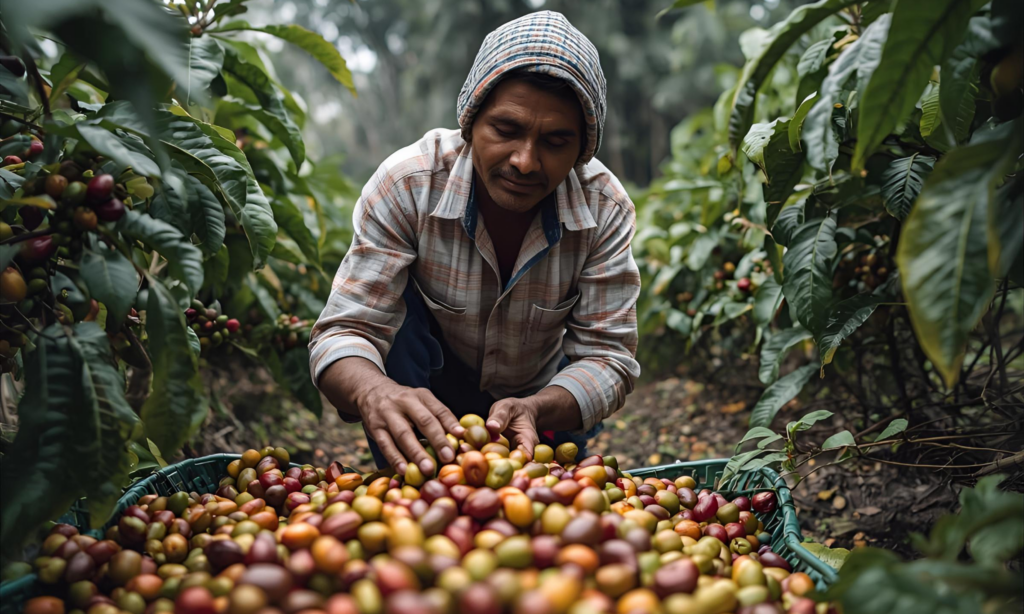
Challenges of Coffee Farming in Nepal
Despite its potential, coffee farming in Nepal faces several challenges:
- Lack of awareness and technical knowledge among farmers
- Limited access to processing facilities
- Fluctuating international prices
- Difficulty in branding and marketing Nepali coffee
- Pest and disease problems (like white stem borer)
- Farmers shifting abroad for jobs instead of focusing on farming
Opportunities in Coffee Farming in Nepal
On the other hand, the opportunities are massive:
- High Global Demand: Growing specialty coffee market
- Organic Branding: Nepal can position itself as an organic coffee hub
- Employment Creation: Can generate jobs for youth and women in rural areas
- Export Earnings: Strong potential to reduce trade deficit
Agro-Tourism: Coffee farming in Nepal can attract national and international tourists for farm visits and coffee tasting experiences.
Conclusion
Coffee farming in Nepal is more than just an agricultural practice it is a journey toward self-reliance, rural development, and global recognition. With its unique geography, organic potential and growing international demand, Nepal has everything it takes to become a recognized name in the global coffee market. For farmers, coffee offers long-term income. For entrepreneurs, it provides a chance to build brands and export globally. Coffee farming in Nepal can be a key driver of sustainable development and prosperity of nation.
If the government, cooperatives and entrepreneurs work together to provide training, improve processing and promote branding, then “Made in Nepal” coffee can soon compete with the best in the world. For more information you can contact us.


